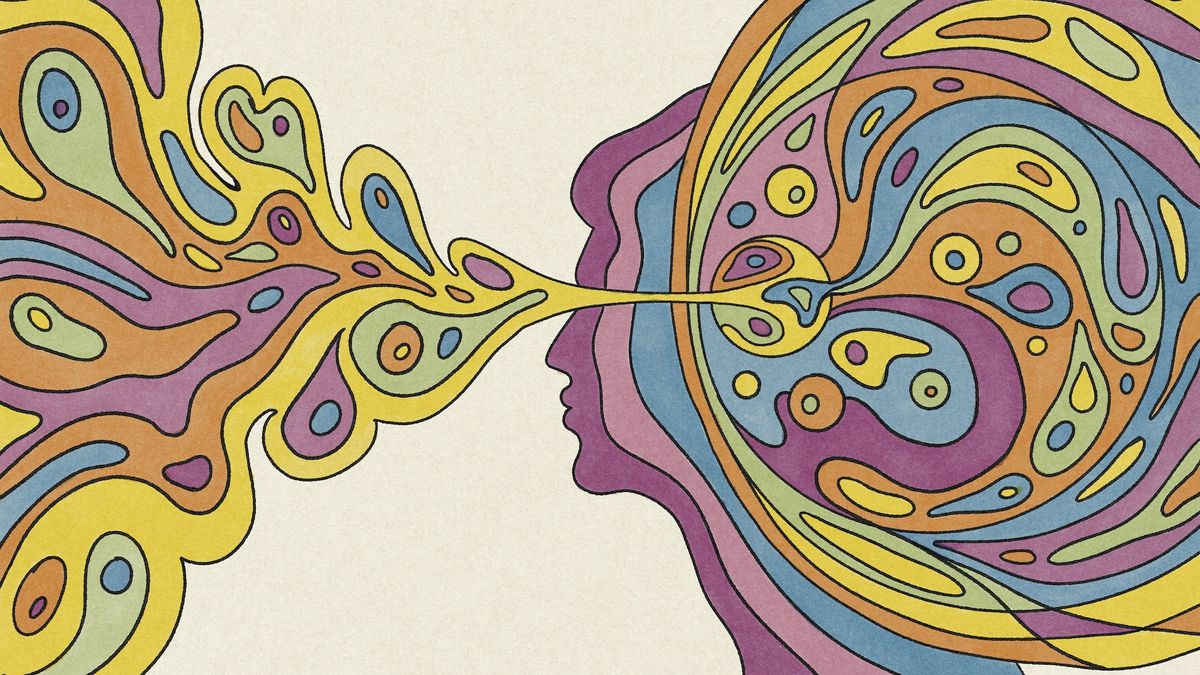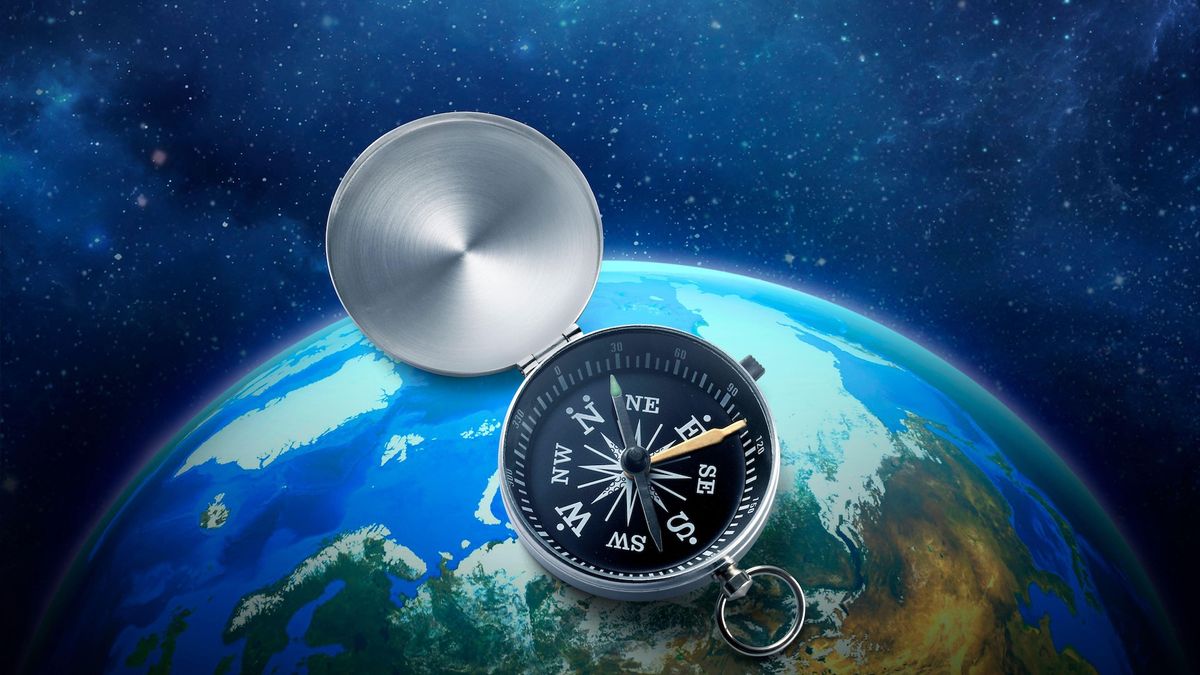Have you noticed someone getting shorter as the years slip by? Some people may start hunching over and even get a few inches shorter. So what makes us shrink as we age?
It turns out that it’s a combination of our bones “eating” themselves, our cartilage thinning and our muscles being whittled away. But the rates at which these processes happen vary depending on genes, physical nutrition and activity levels across a person’s lifespan.
“We all age differently biologically,” Marian Hannan, an epidemiologist at Harvard Medical School who researches aging, told Live Science.
Nonetheless, people invariably get shorter as they age. A National Institute of Aging study that followed 2,084 men and women for 35 years found that they started losing height around age 30 and that the shrinking accelerated over time.
The study, which included people ages 17 to 94, found that the men, on average, lost 1.2 inches (3 centimeters), and the women lost 2 inches (5 cm), between age 30 and 70. By age 80, men had lost 2 inches (5 cm), and women had lost 3 inches (8 cm). Largely, that’s because our bones begin breaking down as we age. Bones start forming around the eighth week of pregnancy. They continue to grow until people reach their mid-20s. Bones also become denser when they have to support higher muscle mass. As muscle grows, it produces collagen fibers that stretch and increase local blood flow, which in turn stimulates bone growth.
Bone growth plateaus by about ages 25 to 30. And around age 40 to 50, we begin to gradually lose bone mass, as our bones start breaking down old bone faster than the body can make new bone.
Related: Scientists discover 4 distinct patterns of aging
Bones are “like a matrix that are all connected to each other,” Hannan said. The bone matrix is made mainly of collagen protein and hydroxyapatite minerals. When people lose bone mass, “those bridge-like structures become weakened, and little, tiny loads that are added to them can cause microfractures, breaking down those little, tiny bone bridges.”
Accumulation of small-scale bone damage can cause osteoporosis, which makes bones thin, brittle and weak.
Osteoporosis can, in turn, cause larger bone fractures, which are common in the spine, hips and arms. It can also lead to height loss. In 2021, Hannan and her colleagues encountered a study participant who had lost 8 inches (20 cm) of height.
“This person had probably seven or eight vertebral fractures in their spine, which is unusual — it’s a lot of fractures,” Hannan said.
Height loss can also be caused by poor posture. Slouching or severe forward curving of the spine, also known as hyperkyphosis, could lead to permanent rounding of the upper back that shaves off a few inches of height.
Another reason we lose height is that the cartilage disks between vertebrae are damaged or become thin due to injuries or drying over time, Hannan said.
Our muscles may also play an important role in age-related shrinking. In older people, muscles can waste away, a condition known as sarcopenia. And sarcopenia is associated with poorer bone structure and a higher likelihood of bone loss. Lack of muscle support around the torso will impair someone’s ability to stand upright.
“We know that people, and basically all creatures, slow down as they age,” said Peggy Cawthon, the scientific director and an epidemiologist at the California Pacific Medical Center, told Live Science.
But whether this slowdown causes people to move less, leading to muscle loss, or if people lose muscles first and then become slower is not entirely clear.
Unlike osteoporosis, which can be treated with medications such as alendronate, there’s no “magic pill” for sarcopenia, Cawthon said.
But physical exercises and a better diet do help. “Even very old people can exercise and greatly improve their strength,” Cawthon said.
Height loss may have serious health consequences. While the reason is still unclear, multiple studies have shown links between height loss and serious health conditions, such as respiratory issues and cardiovascular disease.
“You can think of [height loss] as a canary in a coal mine or an early warning,” Hannan said. “If people notice they have a height loss, they should talk to their doctor or their health care provider about it,” Hannan said.















